Two NASA astronauts remain at the International Space Station indefinitely. Butch Wilmore and Sunita Williams were scheduled to return mid-June.
Boeing’s Starliner capsule issues delay their return. This extended stay marks an unexpected chapter in NASA’s commercial crew program.
Boeing Starliner Plagued by Technical Issues
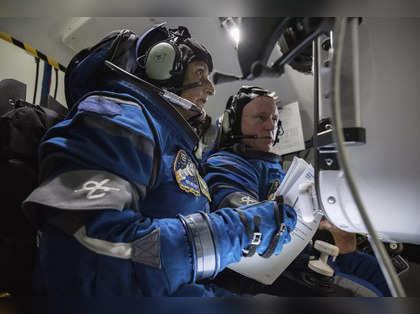
Thruster failures and helium leaks affect the Starliner capsule. Five thrusters failed during the capsule’s approach to the ISS.
Engineers have reactivated four of the failed thrusters. These issues highlight the challenges of developing new spacecraft technologies.
NASA Explores Contingency Plans for Return
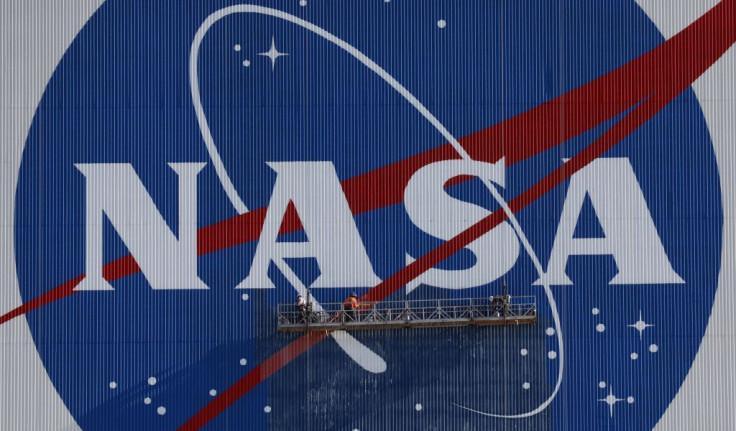
NASA considers backup options for astronaut return. SpaceX’s Dragon capsule serves as an alternative transport.
The agency prioritizes crew safety in decision-making. NASA’s flexibility demonstrates its commitment to mission success and astronaut well-being.
Engineers Investigate Thruster and Leak Causes
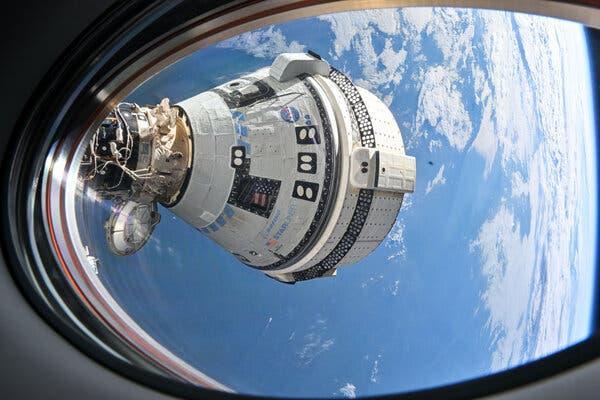
Testing on a spare thruster occurred in New Mexico. Degraded seals likely caused helium leaks and thruster problems.
Boeing plans additional thruster tests while docked to ISS. This thorough investigation aligns with NASA’s rigorous safety protocols.
Starliner’s Design: Thrusters and Engine Details
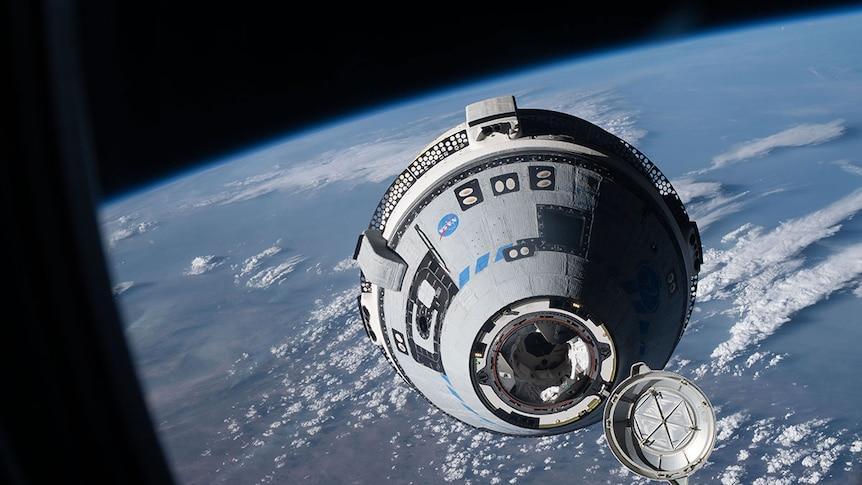
The Starliner uses 28 small maneuvering thrusters. Each thruster weighs 2 pounds and fits in a hand.
Larger engines control orbital descent. This intricate propulsion system showcases the complexity of spacecraft design.
NASA’s Commercial Crew Program: History and Investments
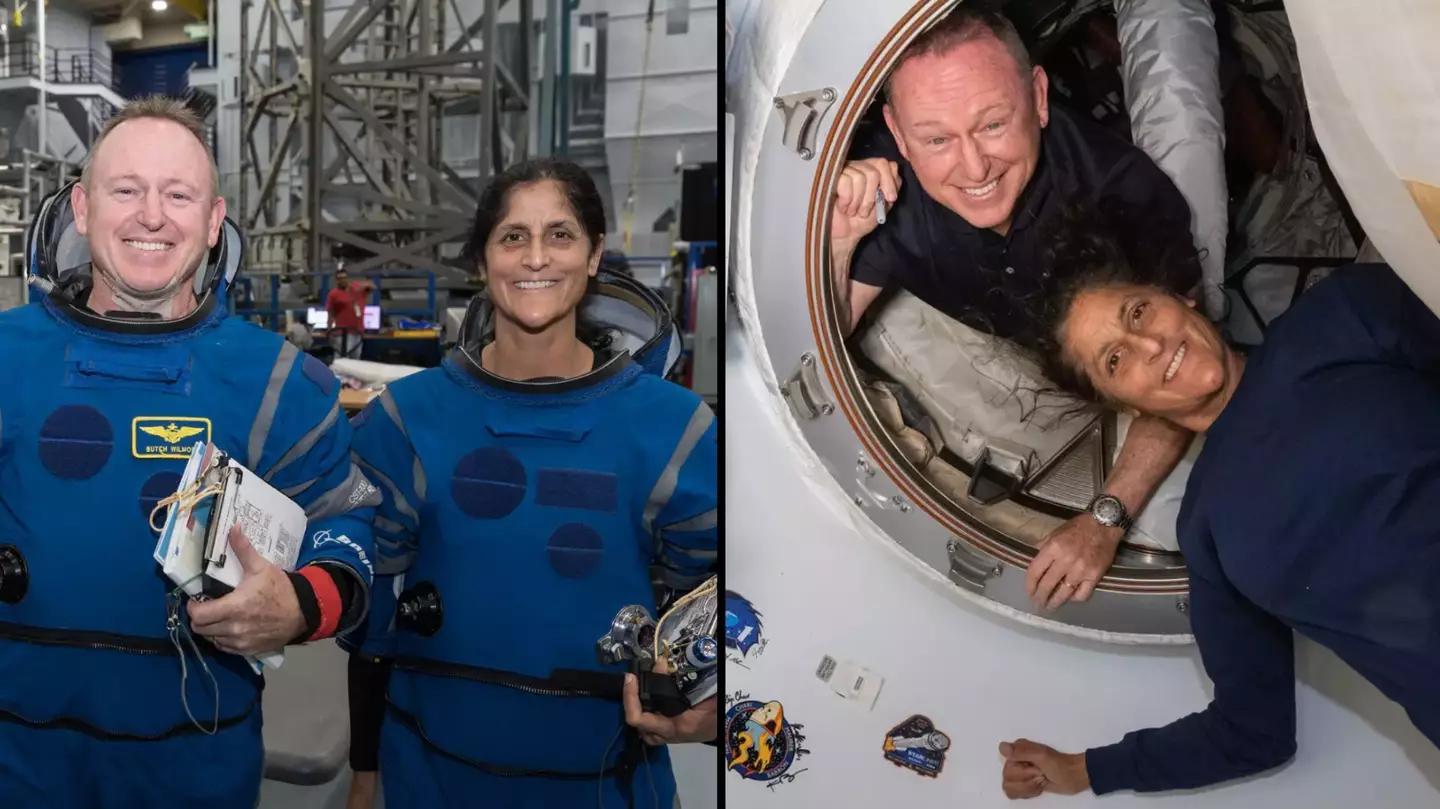
NASA initiated the Commercial Crew Program after shuttle retirement. The agency invested billions in Boeing and SpaceX contracts.
This program aims to reduce reliance on Russian Soyuz capsules. Since 2020, commercial partners have conducted 11 crewed missions to the ISS.
Boeing’s Troubled Path to Crewed Flights
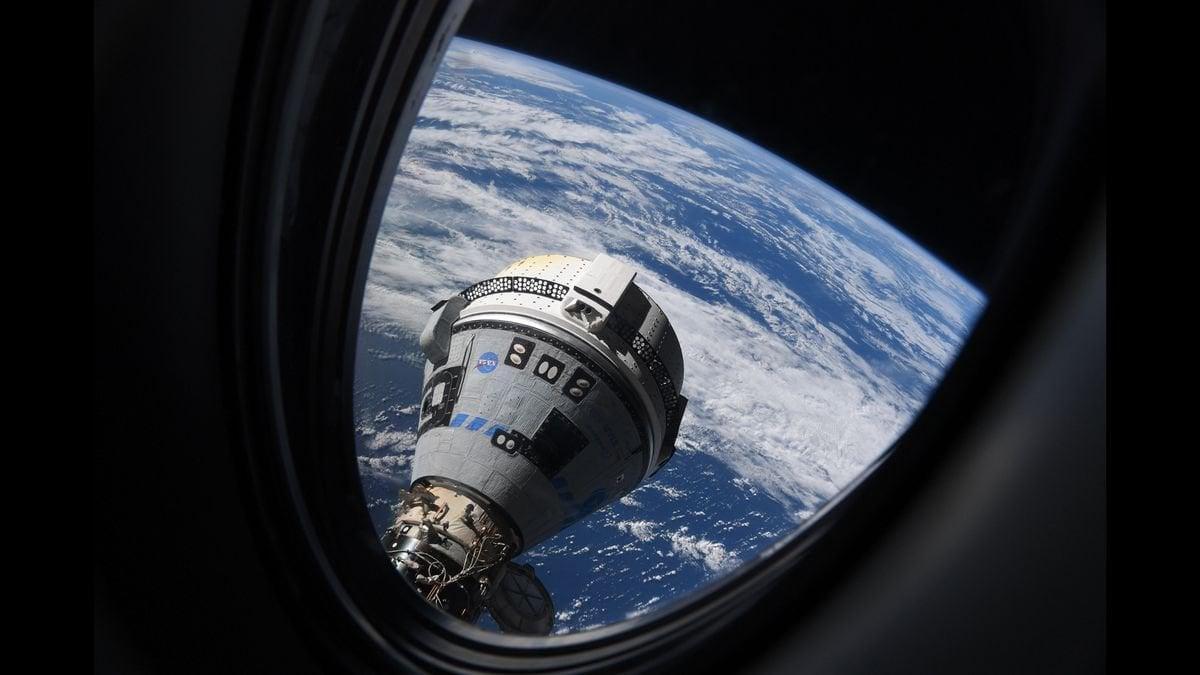
Starliner’s 2019 uncrewed test failed to reach ISS. Boeing repeated the uncrewed test successfully in 2022.
This crewed flight marks Boeing’s third Starliner mission. The company has invested over $883 million of its own funds in Starliner development.
SpaceX’s Success and Current Challenges
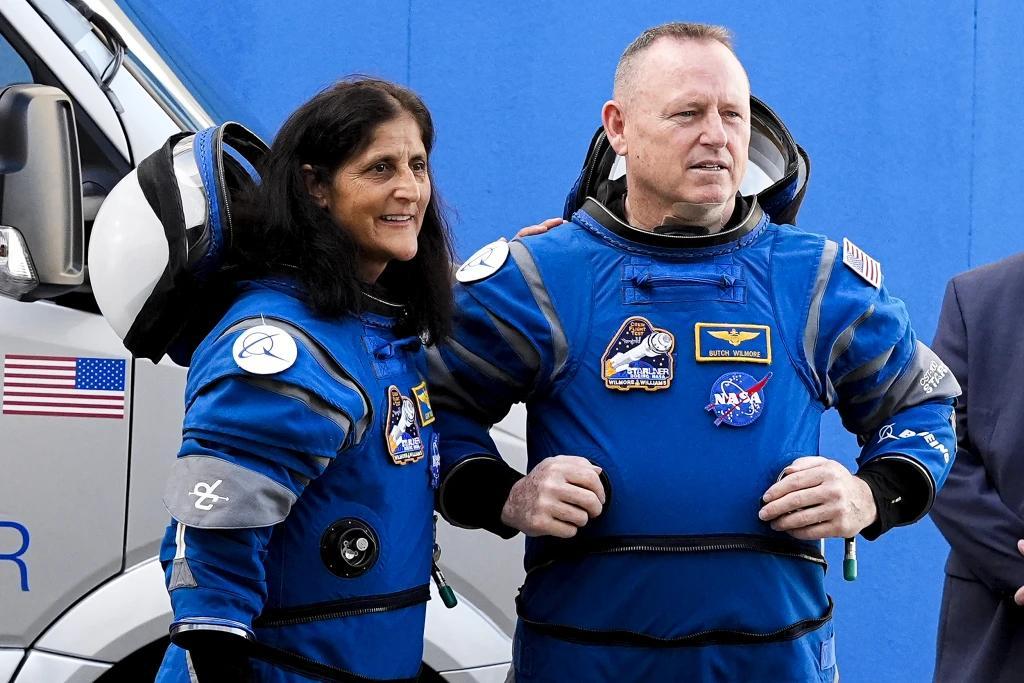
SpaceX began crewed flights to ISS in 2020. The company has launched seven operational crew missions.
Recent Falcon 9 upper-stage failure grounds SpaceX rockets. This situation underscores the ongoing risks in spaceflight operations.
ISS: A Hub for International Cooperation
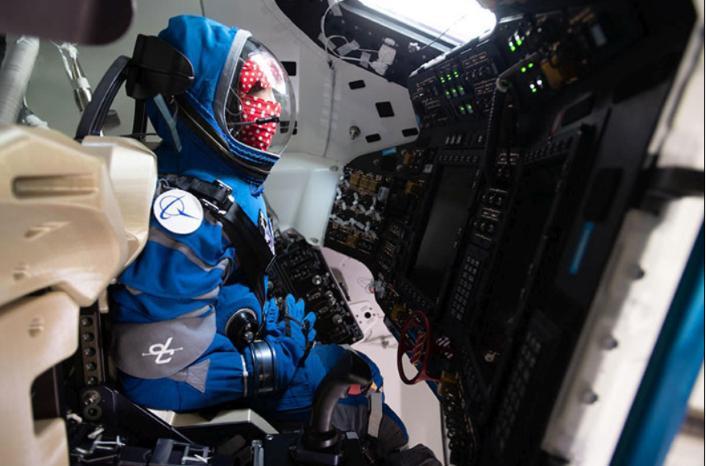
The International Space Station orbits at 420 km altitude. It has been continuously occupied since November 2000.
The ISS has hosted over 250 astronauts from 20 countries. This $150 billion project represents the largest international cooperative space program.
Commercial Spaceflight: A Growing Industry
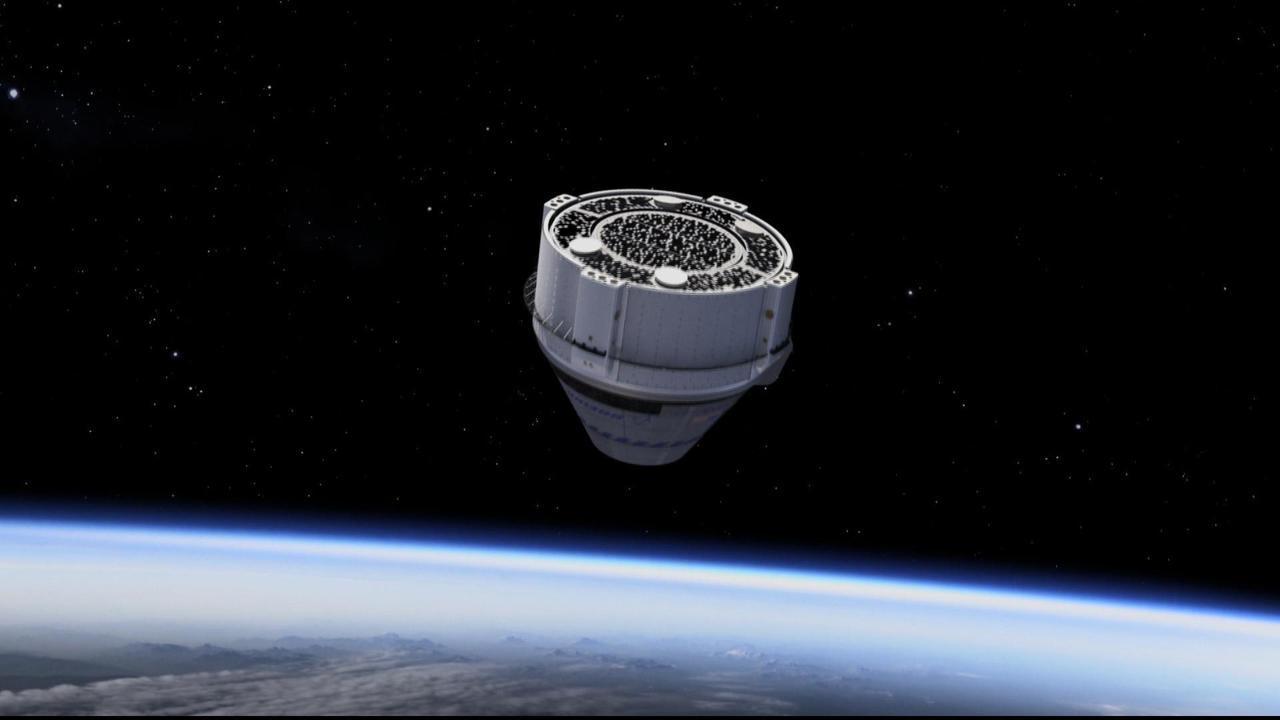
The global commercial space industry exceeds $350 billion annually. Private companies increasingly drive space innovation and exploration.
NASA’s partnerships stimulate economic growth in the aerospace sector. Experts project the industry to reach $1 trillion by 2040.

